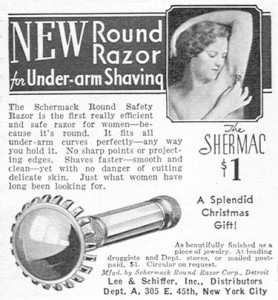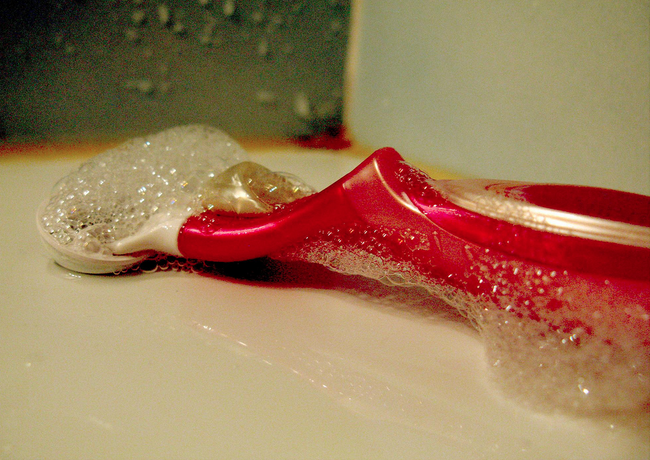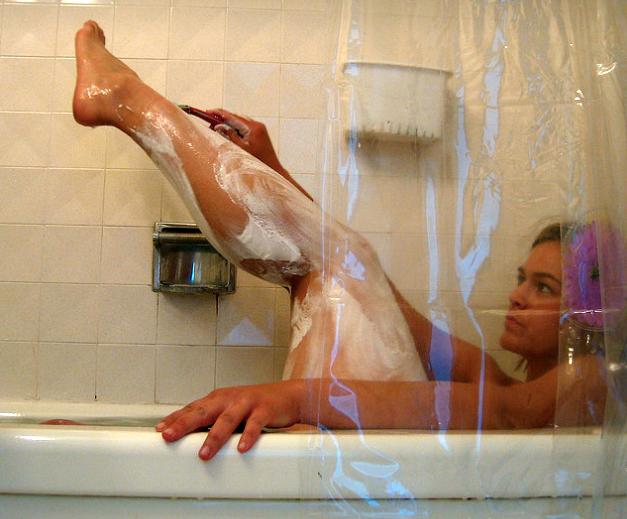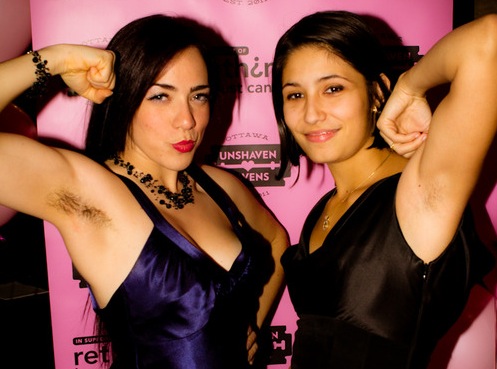
In recent decades, many Sikh women struggle with keeping ALL of their kesh (hair). Often times they shave their legs and arm-pits in order to fit-in. Growing up in the US, as a Kaur who did not shave, I felt like a minority amongst non-Sikhs and Sikhs. I struggled to keep my identity and develop a vocabulary to explain my decision to others. This series of articles is an exploration shaving for Kaurs.
Why do women shave? Why do some women not shave? Why is it expected? What has been women’s experience with shaving? These are some of the questions I hope to explore.
My Middle School Experience
I was on the middle school swim team when I started developing leg hair. I refused to shave because I didn’t want to be a “sell out,” and I wanted to stay on the Sikh path as much as a could. But at the age of 12, I couldn’t articulate it more than that.
My friend asked, “Why don’t you shave?”
Me, “Because I’m Sikh”
Friend, “But its unhygienic not to.”
Me, “But boys don’t shave.”
Friend, “Oh ya.”
I would also have imaginary conversations in my head about how I would respond if someone questioned me.
Imaginary conversation:
Bully: “You are so obsessed with hair!”
Me: “No I’m not. You are. You’re the one always tweezing it, dying it, curling it, straightening it, shaving it, and spraying it. I just leave it alone. You’re the one who’s obsessed.”
But I wasn’t strong enough to walk the talk. I started wearing long pants to gym class and quit swimming. I didn’t wear shorts in public again until college.
While fighting the internal, raging battle within myself on whether I should shave or not, I kept asking, “Why do women shave in the first place?”
History of Shaving
The modern trend for “fuzz-free legs and armpits,” started with the May 1915 edition of Harper’s Bazaar (a magazine aimed at elite society). An ad featured a model wearing a sleeveless dress with hairless armpits (1).
In the 1920s, Wilkinson Sword Company, ran an ad campaign to persuade women that underarm hair was unhygienic and unfeminine. Why? To boost razor blade sales. “In two years, the sales of razor blades doubled as our grandmothers…made themselves conform to this socially constructed gender stereotype,” (1).
A 1982 article from the Journal of American Culture by Christine Hope titled “Caucasian Female Body Hair and American Culture” says that in the early 1900s, there was the “Great Underarm Campaign” which informed American women of a problem they didn’t know they had: underarm hair (2).
Around 1915, sleeveless dresses became popular, opening up a whole new field for marketers to exploit. A few ads mentioned hygiene as a motive for getting rid of hair, but most appealed strictly to the yearning to be hip. And, by the 1920s, advertisers no longer felt compelled to explain the need for their products (2).
I believe shaving is an industry where corporations and marketers create a belief that women’s bodies are not perfect (in some cases, disgusting) until drastically altered with their products. Then, they capitalize on women’s self-loathing and negative body images.
Read Part 2 Why do women shave?
By Lakhpreet Kaur
(1) nosco.blogspot.com/2007/04/history-of-shaving.html
(2)http://www.straightdope.com/columns/read/625/who-decided-women-should-shave-their-legs-and-underarms





1 Comment
Margherita
02/12/2016 at 4:27 amWhen you think about it, that’s got to be the right anresw.